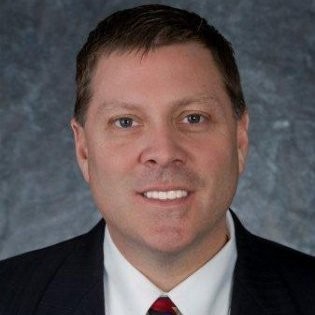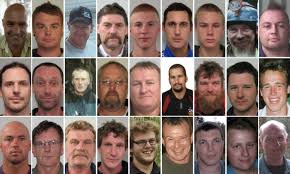
North Goonyella Class Action, CW2 Process Engineer for Peabody 2014 to 2018
2021-03-19 – 0038 PEABODY ENERGY – AMENDED COMPLAINT (3023799.1) (1)
61. CW-2 was employed as a Process Engineer for Peabody from February 2014 to July 2018 and rotated between the Moorvale, North Goonyella, and Wilpinjong mines. CW-2 worked at the preparation plant or the CHPP (coal handling and preparation plant) where he monitored the incoming and outgoing coal for quality. CW-2 reported to Paul McKenzie (former CHPP Maintenance Superintendent) who in turn reported to John Anger (then Director Safety Health Environment at North Goonyella).
86. CW-2 also witnessed mine personnel “cutting corners” and being “loose with the rules.” CW-2 observed issues in adherence to the requirements set out by official procedures. For example, CW-2 explained instances at North Goonyella where steps were skipped or glossed over for the sake of speed and that mine management would either “turn a blind eye” or workers were praised for the speed in which a task had been completed. According to CW-2, he observed a number of times where issues occurred and official reporting would have been required, but instead the decision of whether or not to report was determined after the fact and many such times resulted in no reporting at all. CW-2 noted that he did not observe this type of behavior in the Moorvale or Wilpinjong mines that he rotated through.
89. Further exacerbating personnel issues at the mine was the fact that remaining staff were long tenured and high paid, thus replacement personnel were typically hired on the cheap – and were mostly younger and inexperienced mine workers:
a) CW-2 described issues with the culture at the North Goonyella mine and explained that North Goonyella was different than other mines he rotated through. According to CW-2, North Goonyella was an approximately 25 year-old mine and that the strength of the mine union made employee turnover and change slow going. CW-2 advised that much of the North Goonyella mine staff had been there for a very long time, even since the mine first opened, and that they were very set in their ways. CW-2 advised that his interactions with mine management at the North Goonyella site was difficult as the site level staff remained largely the same over the years. According to CW-2, the culture was ingrained in the staff from many years of the same employees working at the mine.
b) CW-7 confirmed that North Goonyella had a considerably older and longer-tenured staff than the other mines he worked at and he suggested that this may have contributed to the systems and processes which CW-7 described as “not the most up to date or efficient.”
c) CW-2 advised that North Goonyella did not always staff positions appropriately. CW-2 advised that while the North Goonyella staff was older than at most other mines it meant that they tried to staff remaining open positions with recent graduates as a cost saving measure. CW-2 explained that recent graduates were often placed in “big” roles with a lot of responsibility that did not afford them the necessary room to make mistakes and learn.
d) CW-2 stated that the staff at North Goonyella did not feel like their grievances were heard and they “felt like nothing would change.” According to CW-2, these grievances included safety issues. CW-2 estimated that between October 2017 and July 2018, five young team members who could have excelled in leadership roles left Peabody because of their negative experiences at North Goonyella. According to CW-2, one employee whose background was as a gas drainage engineer and a geologist was forced to serve as a ventilation engineer to fill a role in which Peabody had not hired a proper specialist.
90. CW-2 added that there is a lot of training that goes into to ensuring things run appropriately, but that this was not his experience at North Goonyella.
91. CW-2 explained that Peabody took an “ad hoc” approach that would include himself and members of the engineering team who lacked underground experience and were then responsible for these tasks and the risk of something going wrong was “very, very high.” CW-2 added that a colleague who at the time was in charge of a lot of administrative training expressed that while he did not wish anything bad upon the plant, he did hope for a “big near miss” to “get people to wake up.”


